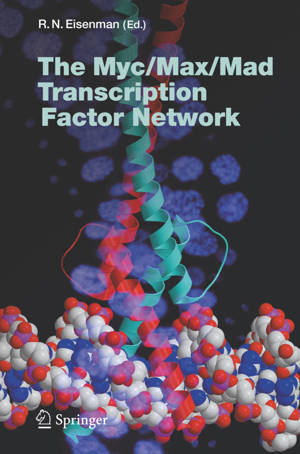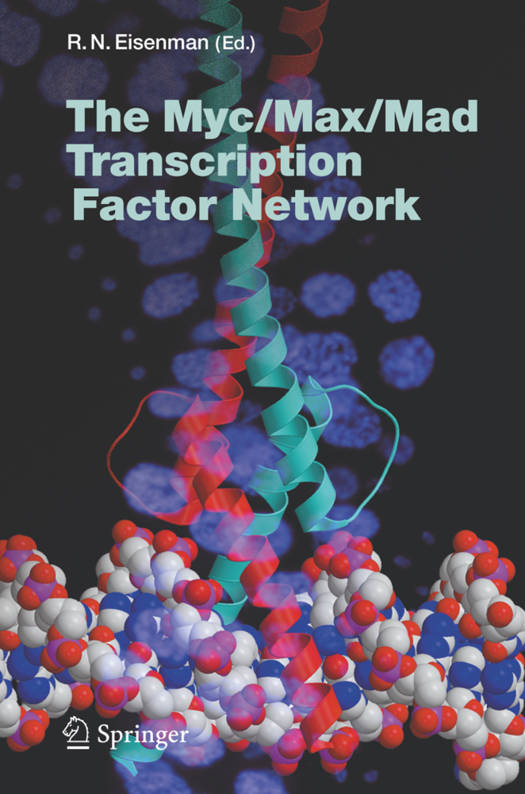
Je cadeautjes zeker op tijd in huis hebben voor de feestdagen? Kom langs in onze winkels en vind het perfecte geschenk!
- Afhalen na 1 uur in een winkel met voorraad
- Gratis thuislevering in België vanaf € 30
- Ruim aanbod met 7 miljoen producten
Je cadeautjes zeker op tijd in huis hebben voor de feestdagen? Kom langs in onze winkels en vind het perfecte geschenk!
- Afhalen na 1 uur in een winkel met voorraad
- Gratis thuislevering in België vanaf € 30
- Ruim aanbod met 7 miljoen producten
Zoeken
The Myc/Max/Mad Transcription Factor Network
€ 251,45
+ 502 punten
Omschrijving
Scientists often look askance at their colleagues whose research appears too strongly focused on a single gene or gene product. We are supposed to be interested in the "big picture" and excessive zeal in pursuit of a single pixel might seem to border on an obsession that is likely to yield only details. However as this volume of Current Topics in Microbiology and Immunology demonstrates, this is certainly not the case for myc. Intense study of this en- matic proto-oncogene over the last twenty years has only broadened our view of its functions and led to insights into mechanisms relating to transcriptional regulation as well as to cell growth, proliferation, differentiation, apoptosis and organismal development. The myc gene originally came to light as a retroviral oncogene (v-myc) associated with a wide range of acute neoplasms. It was later shown to be a virally transduced cellular gene (c-myc) which is a member of family of on- genes (c-myc, N-myc, L-myc). These family members are themselves subject to a bewildering assortment of genetic rearrangements associated with many different types of tumors derived from many different types of cells. These rearrangements (including chromosomal translocation, viral integration, and gene ampli?cation) act to uncouple expression of the myc family genes from their normal physiological regulators. The chapter by LIU and LEVENS - scribes the key pathways leading to regulation of myc expression, showing that such regulation occurs at several different levels and through multiple mechanisms.
Specificaties
Betrokkenen
- Uitgeverij:
Inhoud
- Aantal bladzijden:
- 282
- Taal:
- Engels
- Reeks:
- Reeksnummer:
- nr. 302
Eigenschappen
- Productcode (EAN):
- 9783540239680
- Verschijningsdatum:
- 10/02/2006
- Uitvoering:
- Hardcover
- Formaat:
- Genaaid
- Afmetingen:
- 240 mm x 162 mm
- Gewicht:
- 530 g

Alleen bij Standaard Boekhandel
+ 502 punten op je klantenkaart van Standaard Boekhandel
Beoordelingen
We publiceren alleen reviews die voldoen aan de voorwaarden voor reviews. Bekijk onze voorwaarden voor reviews.








